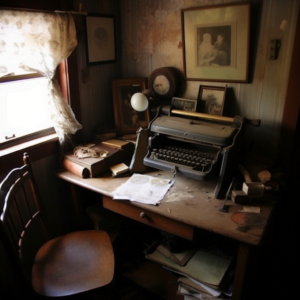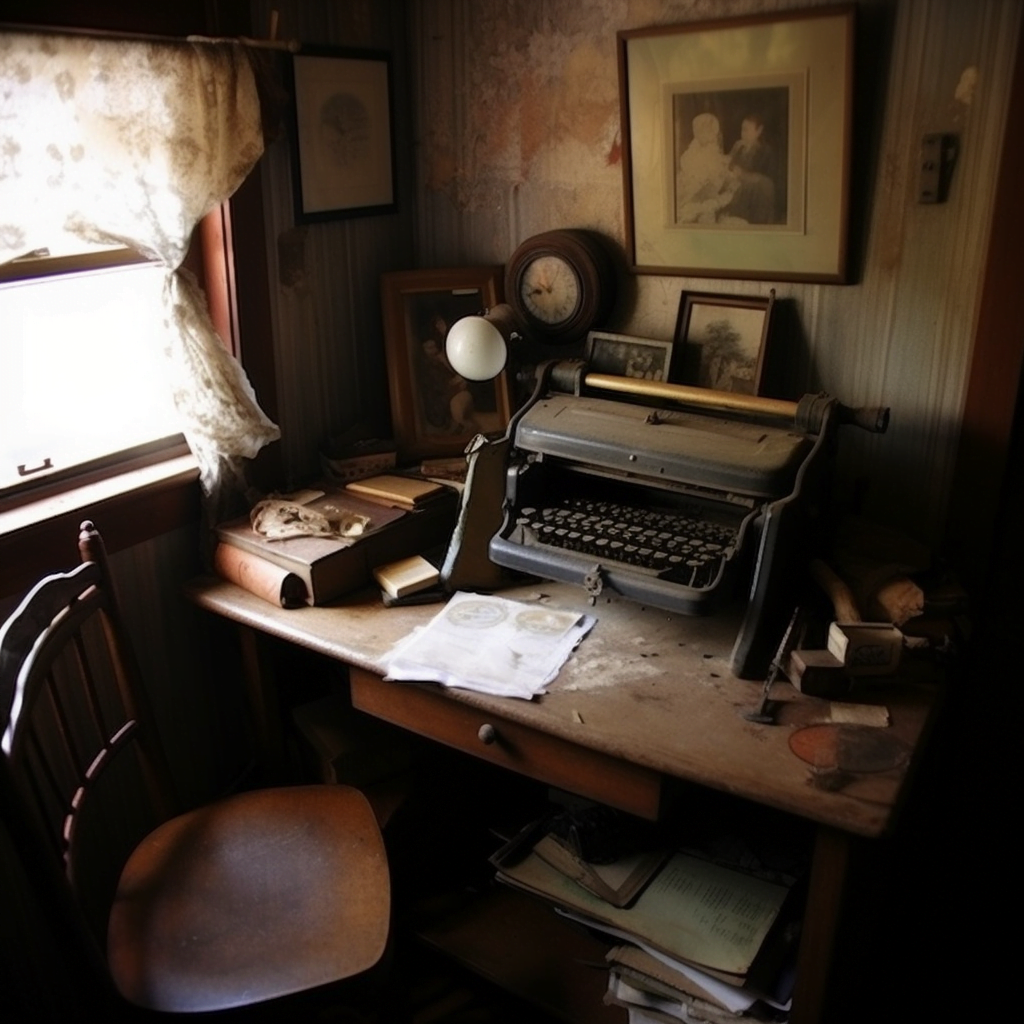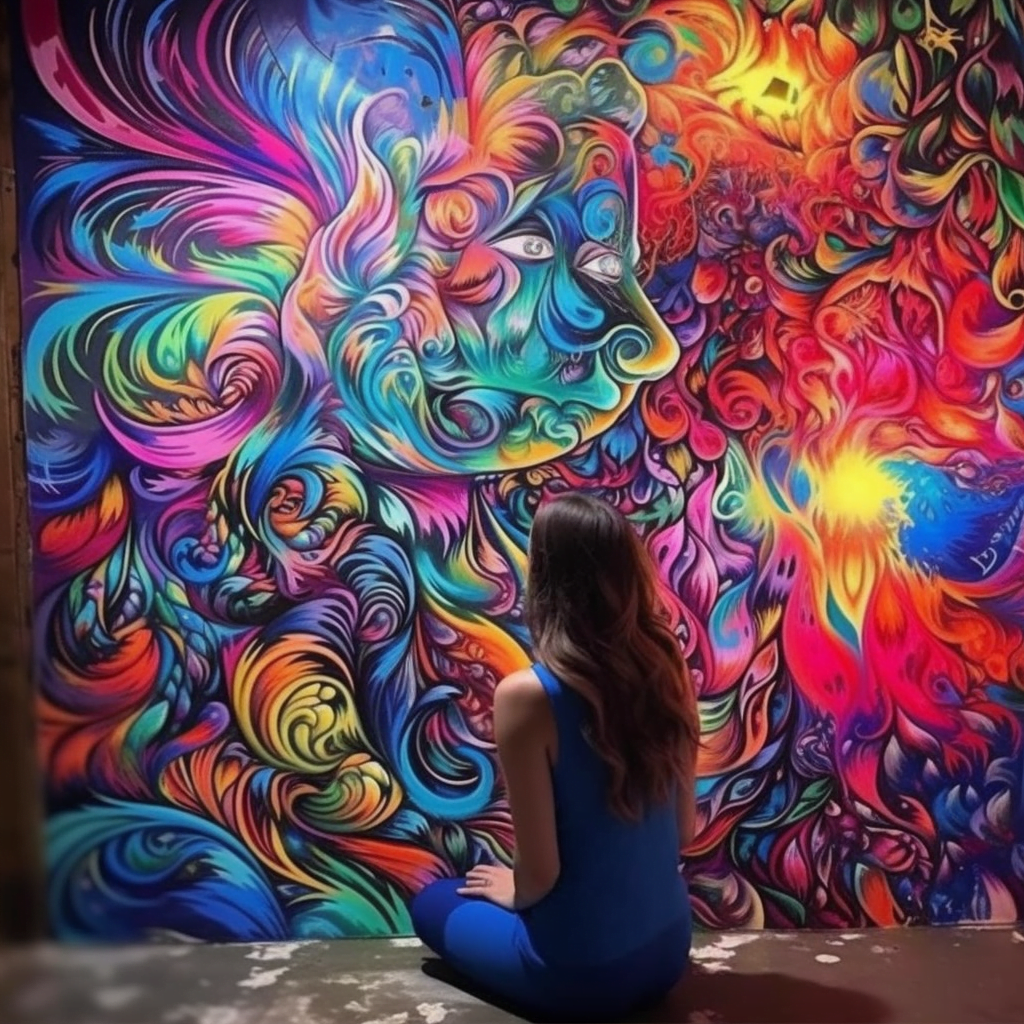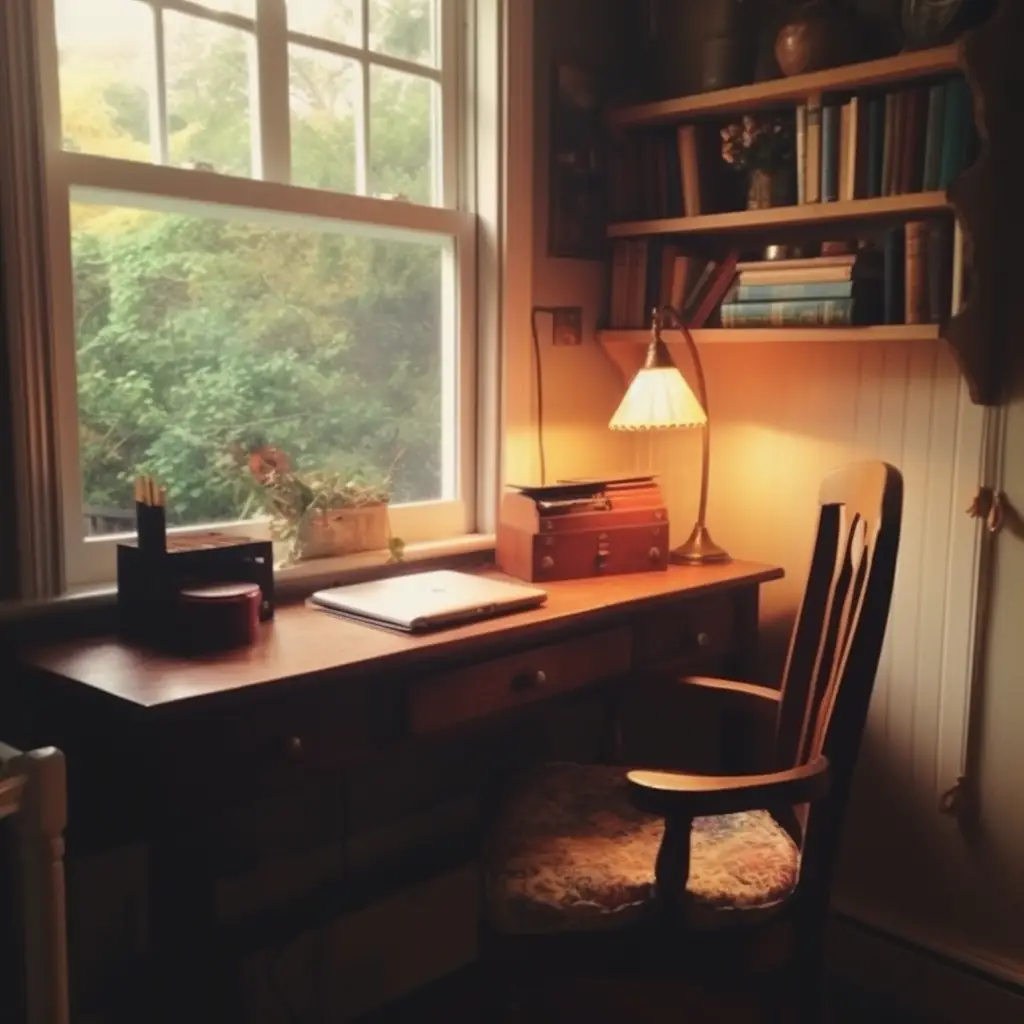
A parallel plot is a poetic device used to link two or more different stories or ideas together through similar themes or characters. It‘s like the writer is saying, “Hey, look at how clever I am!” You can find some famous examples of parallel plots in works like Homer‘s Odyssey and The Iliad, to name the classics.
The Magic of Parallel Plots: A Tale of Two Stories
Parallel plots are like the secret sauce in a delicious story sandwich, adding depth and flavor to the overall experience. They serve as a delightful twist that entices the reader to think, “Hmm, something’s going on here!”
What They Are Parallel Plots and Why They Matter
In the realm of storytelling, parallel plots are like two trains running on separate tracks, yet heading toward the same destination. These trains are individual stories with their own unique characters, events, and arcs. But, they’re connected by similar themes, emotions, or ideas, creating a richer and more complex narrative.
Parallel plots allow writers to explore different aspects of a central theme, present contrasting viewpoints, or simply offer a change of pace to keep readers engaged. This nifty little narrative trick can add a touch of elegance and sophistication to any story.
How to Craft Parallel Plots Like a Pro
Creating a parallel plot is like playing with building blocks. Stack them up, mix and match, and watch the magic unfold. Here’s how to start:
1. Identify the Central Theme or Idea
Start by choosing the central theme or idea that will serve as the foundation for both storylines. This can be anything from love and betrayal to sacrifice and redemption. The key is to ensure that the theme is broad enough to accommodate different perspectives and storylines.
2. Develop Unique Storylines and Characters
Craft separate storylines with distinct characters and events. While these stories should be different, they should also share the central theme or idea. This will create the necessary connection between them.
3. Interweave the Storylines
A parallel plot isn’t simply two stories happening at the same time. They need to be connected and interwoven, like the threads of a tapestry. This can be achieved through shared events, characters that appear in both stories, or similarities in the characters’ emotional journeys.
4. Maintain Balance
When working with parallel plots, it’s essential to maintain balance. This means giving equal weight and attention to both storylines, ensuring that they complement each other without overshadowing one another. Like a tightrope walker, it’s all about finding that perfect equilibrium.
Parallel Plots in Action: Classic and Modern Examples
Ready to see some parallel plots in action? Here are a few examples that showcase this literary device in all its glory.
A Tale of Two Cities by Charles Dickens
In this classic novel, Dickens skillfully weaves together two distinct storylines set in London and Paris during the tumultuous French Revolution. The central theme of sacrifice and redemption is explored through the interconnected lives of the characters, creating a rich and complex narrative.
The Godfather by Mario Puzo
The Godfather is a brilliant example of parallel plots in modern literature. The novel follows the lives of two generations of the Corleone family – Vito and his son Michael. Through their stories, Puzo explores themes of power, loyalty, and family dynamics, demonstrating the consequences of their choices and the ripple effects across generations.
The Hours by Michael Cunningham
This Pulitzer Prize-winning novel employs parallel plots to tell the stories of three women: Virginia Woolf, a 1950s housewife named Laura Brown, and a contemporary woman named Clarissa Vaughan. The novel explores themes of identity, mental health, and the struggle for self-expression as the lives of these women intersect and overlap.
Parallel plots are an effective and versatile narrative tool that can add depth, complexity, and intrigue to any story. By exploring different perspectives and storylines, writers can create a rich tapestry of ideas and emotions that captivate readers and leave them wanting more!
If you’re thirsty for more writing knowledge, head over here to learn all 74 literary devices.





